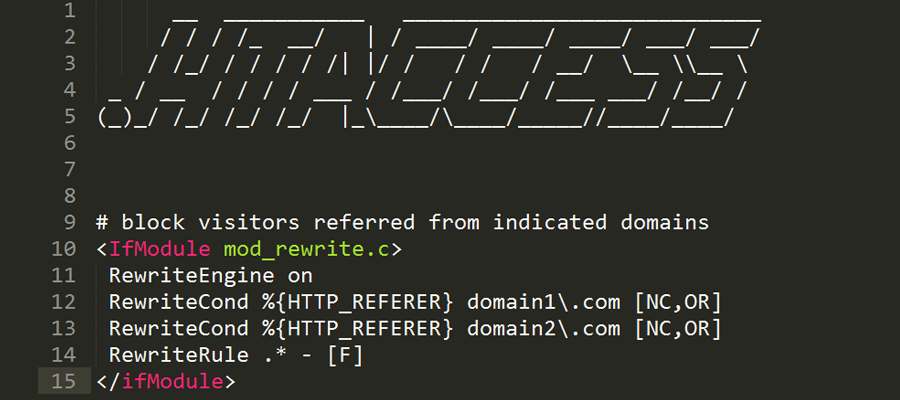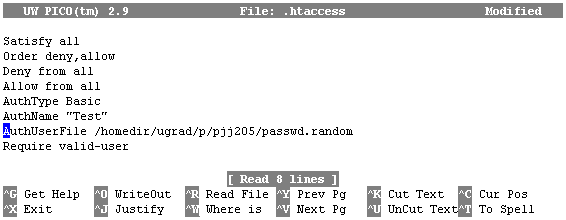Unfortunately these days not all traffic is good traffic – and as such the time may come when you may wish to block traffic that is coming from a certain referral domain. Firewall platforms such as Cloudflare have options for this available using their online dashboards – however you can accomplish the same thing without […]
Tag Archives: htaccess
HTACCESS Tutorials
Welcome to the .htaccess tutorials section of the Rapid Purple blog. The following tutorials are aimed to give you an introduction to creating and working with an .htaccess file; along with a few useful tips and tricks every webmaster should be familiar with. Creating An .HTACCESS File First things first. Before you can start using […]
Denying Site Access
Denying and allowing access to your website can be accomplished very easily with .htaccess. In order to block an IP address you would use the following command within your .htaccess file: deny from 000.000.000.000 Replace 000.000.000.000 with the IP address you wish to block. If you only specify one or two groups of the numbers you […]
New Tool: .htaccess Generator
As I was writing up this mornings .htaccess tutorials I realized how much easier working with an .htaccess file would be if you could simply use some form of tool to generate all the code you need. I got together with Hideyo Ryoken & Masato Mannen, the team behind www.htaccesseditor.com – and setup a customized .htaccess generator here. Combined with our […]
Using Custom Extensions
Ever wondered how Google makes some of their pages have the extension .g? This is a fairly easy procedure really, and htaccess does a great deal in helping us accomplish this. First decide what you want the new extension to be, for our purposes we will use the extension of .purple (simply because it makes sense – what […]
Selecting Default Index Files
Most web hosts setup your account to use a specific file as the index file. In most cases this is either index.html, index.php, index.htm or defualt.html, but what happens if you don’t want to use any of those names for your index file? What if you want your index file to be called thestart.php (for […]
Creating Custom Error Pages
One of the most common uses for a .htaccess file is to create custom error pages. The Apache server comes pre-installed with several different error pages, the problem with them is that they are quite frankly…. ugly. In order to use custom error pages we just need to add the following line(s) to our .htaccess file (for […]
Creating a .htaccess file
Before you can start using any htaccess commands and functions, it is important to know how to create a .htaccess file. Surprisingly this actually causes people lots of problems. Most Operating Systems, Windows in particular, will not accept the file name .htaccess when you go to try to save the document. This error seems to […]




